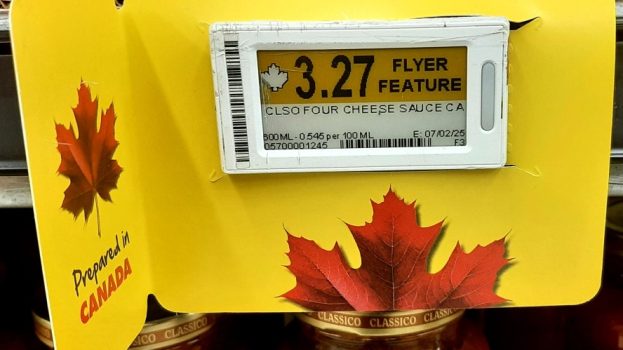Jackman Reinvents is warning there isn’t a one-size fits all approach to the new COVID consumer landscape, as it gives a segmentation overview and how brands need to respond to particular shopping predilections.
The consulting, design and branding agency polled 5,000 North Americans to generate a handful of new consumer segments, which – despite their differences – share one attribute: they overwhelmingly report being more cautious as we come out of COVID.
And across segments, with some small variation, self-sufficiency is becoming increasingly the norm. Pre-pandemic, there was what Jackman calls a “Do-It-For-Me service-based business trend, essentially outsourcing many of the menial or some-expertise-required tasks of our lives.” However, with new skills learned, combined with the post-pandemic pressure on discretionary income, the agency says it is quite possible the economy will see the pendulum swing back in some categories to a DIY mindset.
Jackman says 18% of the shopping populace falls into the “Planner” category, the most prevalent. This type of consumer seeks routine and familiarity, and would rather not pay for services they can perform themselves.
At 15% of the population, “Good Samaritans” are similar to the Planner, but value socializing instead of solitude, and as the name suggests, value charitable giving and responsibility to others. They’re the group, according to Jackman, which is best handling the pandemic and remaining socially involved.
Brands that want to engage the Good Samaritan “have a real opportunity to do so by ensuring that every interaction…leads to a positive outcome for these customers’ communities, especially those in need.” Jackman cites L’Oreal’s “Beauty for All” initiative, working directly with stylists and salon partners to weather the pandemic, one that would be relevant to the group. It’s also the category that is most keen on dining out once COVID ebbs.
At 13%, the “Trend Seeker” only shops at specialty stores, stays connected through social and puts its faith in institutions like the government. It’s also very willing to “outsource” activities. Brands can count on this segment to express themselves by posting content that shows their unique style, and they’re most excited to return to dressing up, pursuing luxury goods and exercise in a new normal milieu. Brands can engage by actively giving them permission to continue expressing themselves in fun and novel ways. With the caveat that some sensitivity is required, products that encourage an element of creativity and self expression will be particularly relevant to this group right now: this is the group that connects most with branded or well-designed face masks, which allow them to express themselves while staying safe.
At 11% of the population each, Jackman also identified the “Time Saver,” “Budget Conscious,” “Achiever” and “Adventurer” segments.
Time Savers are predictable in their routines and are convenience-driven. They are the most willing to go back to outsourcing activities, as they feel the least self-sufficient, and only shop at one-stop retailers. Also preferring one-stop retailers are the Budget Conscious consumers, who shop primarily based on price. They have a harder time staying positive, and tend to stick to routines and things they are familiar with.
Achievers, on the other hand, pride themselves on self-sufficiency and doing things themselves, and also believe in holding companies accountable.
Adventurers seek out novel experiences and are relentlessly upbeat. Adventurers also eschew one-stops in favour of indie brands others might not have heard of, and value and prioritize quality. It’s also the group most willing to attend a big event and to travel once COVID-19 fears subside. Brands targeting Adventurers can be there for them should be on the leading edge of virtual adventure: help them find new ways to explore, both during the crisis and in the “new normal.”
The least prevalent category, “The Connector” (10%) is a stickler for rules. They make controlled, tactical decisions, and uphold technology as the key to interactions. This subset is less concerned about brand accountability, and more so about putting relationships with others first.
Overall, however, all segments believe “organizations need to be held accountable for their decisions” to a degree. According to Jackman, “customers are telling us that businesses have a role to play in helping society navigate this pandemic beyond what they do functionally, and they will pounce on any missteps, opening the door to reputational risk.”
























